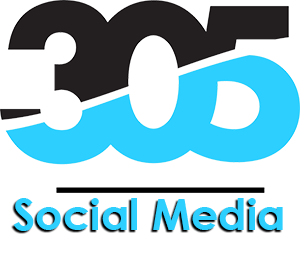Each platform speaks a different language. Tailor your message to the environment for maximum impact.
— Wilson Alvarez
Understanding Social Media Platforms and Audiences
In today’s digital age, social media platforms are essential tools for businesses looking to grow online. Each platform attracts different types of users and serves unique purposes. To develop an effective marketing strategy, you must understand the nuances of each platform and the audience it serves. This guide will help you align your efforts with the right platforms to engage your ideal customers.
Why Social Media Platforms Matter
Social media platforms connect people, brands, and communities worldwide. They drive engagement, build relationships, and serve as powerful marketing tools. Knowing which platforms align with your goals and audience is key to digital success.
Major Social Media Platforms & Their Audiences
Facebook: The Social Networking Giant
Facebook remains a top platform with over 2.9 billion monthly users. It appeals to a wide demographic, especially users aged 25–54. Businesses can leverage Facebook’s ad tools, Groups, and Marketplace for brand visibility and engagement.
Tip: Use Facebook Ads to target specific demographics, and build brand loyalty through community groups.
Instagram: Visual Storytelling at Its Best
Instagram is ideal for visual storytelling, favored by users under 35. With features like Reels, Stories, and Shopping, it offers rich opportunities for branding and direct sales.
Tip: Focus on high-quality visuals and maintain a consistent aesthetic to engage your audience.
Twitter: Real-Time Engagement
Twitter excels at real-time news and conversation. It attracts professionals, journalists, and younger users looking for quick updates.
Tip: Use hashtags strategically and tweet during peak hours to increase visibility and engagement.
LinkedIn: Professional Networking Hub
LinkedIn is the go-to platform for professionals and B2B marketers. It supports relationship-building, thought leadership, and recruitment.
Tip: Share industry insights, publish original articles, and engage with professional groups.
YouTube: The Video-Sharing Powerhouse
YouTube caters to all age groups and dominates video content. It’s excellent for tutorials, brand storytelling, and entertainment.
Tip: Optimize your titles, descriptions, and tags with relevant keywords to boost visibility in search results.
Pinterest: Visual Discovery Engine
Pinterest attracts users seeking inspiration, mostly women aged 25–45. It’s highly effective for lifestyle, fashion, home decor, and DIY brands.
Tip: Use vertical images and keyword-rich descriptions to maximize pin performance.
TikTok: Short-Form Video Creativity
TikTok thrives on creativity and viral content. It’s a hotspot for Gen Z and Millennials looking for entertainment, trends, and quick tips.
Tip: Jump on trending sounds and challenges to boost engagement and visibility.
Snapchat: Ephemeral and Authentic
Snapchat offers short-lived content and AR features, appealing to younger audiences, especially under 25.
Tip: Use Snapchat Stories to share behind-the-scenes content and promote time-sensitive offers.
Exploring Niche and Emerging Platforms
Don’t overlook platforms like Reddit, Discord, or Threads. These cater to niche communities and can offer high engagement in specific industries or interests.
Tip: Research where your audience spends time and consider a presence on niche platforms for deeper engagement.
Final Thoughts
Understanding social media platforms and their audiences helps businesses create targeted, effective strategies. Each platform offers different ways to connect, communicate, and convert. At 305SocialMedia.com, we specialize in helping brands navigate this ever-changing digital landscape.

